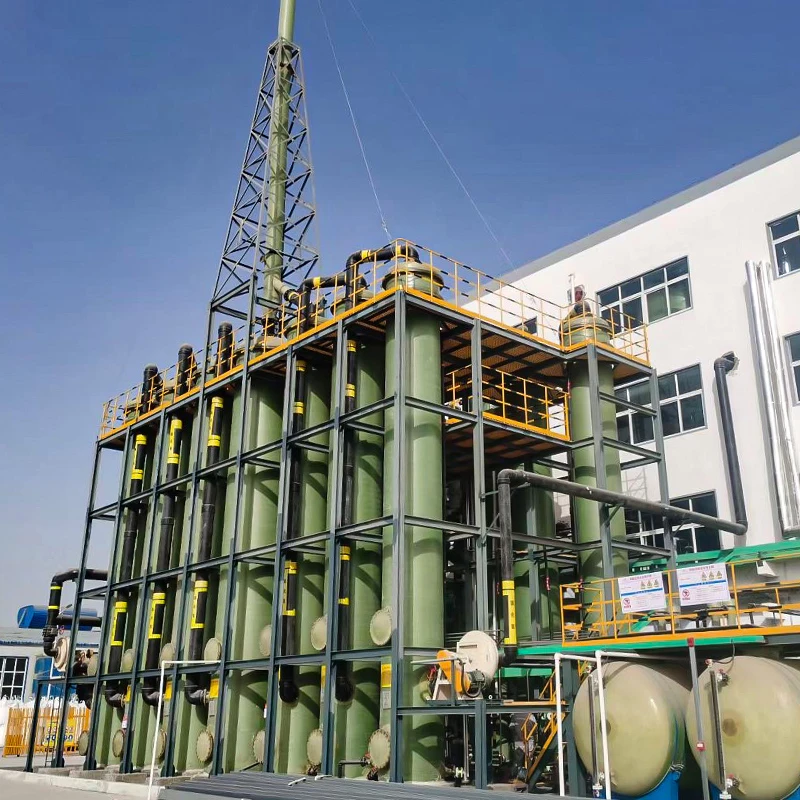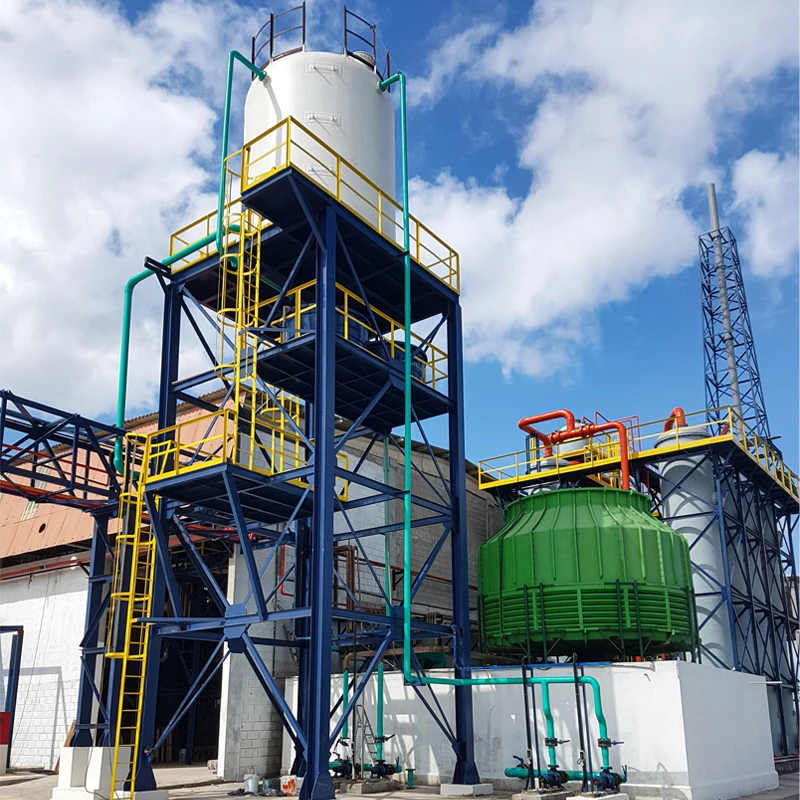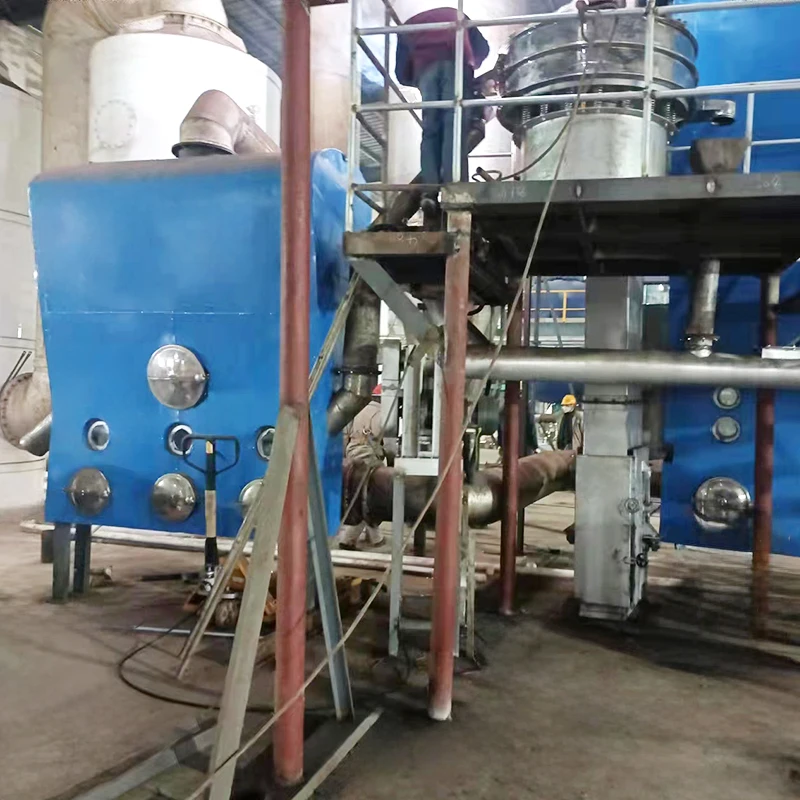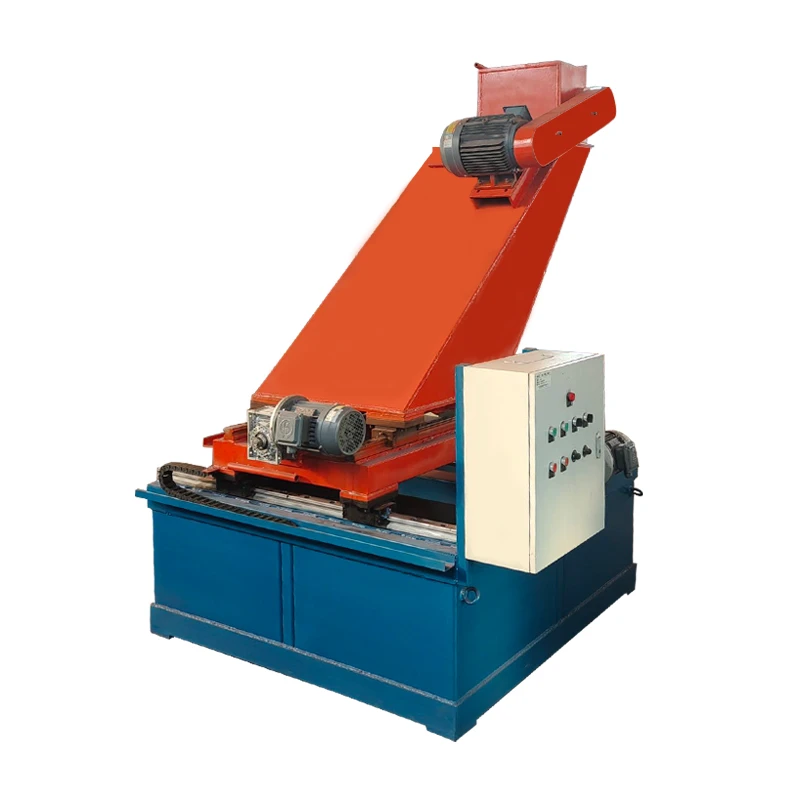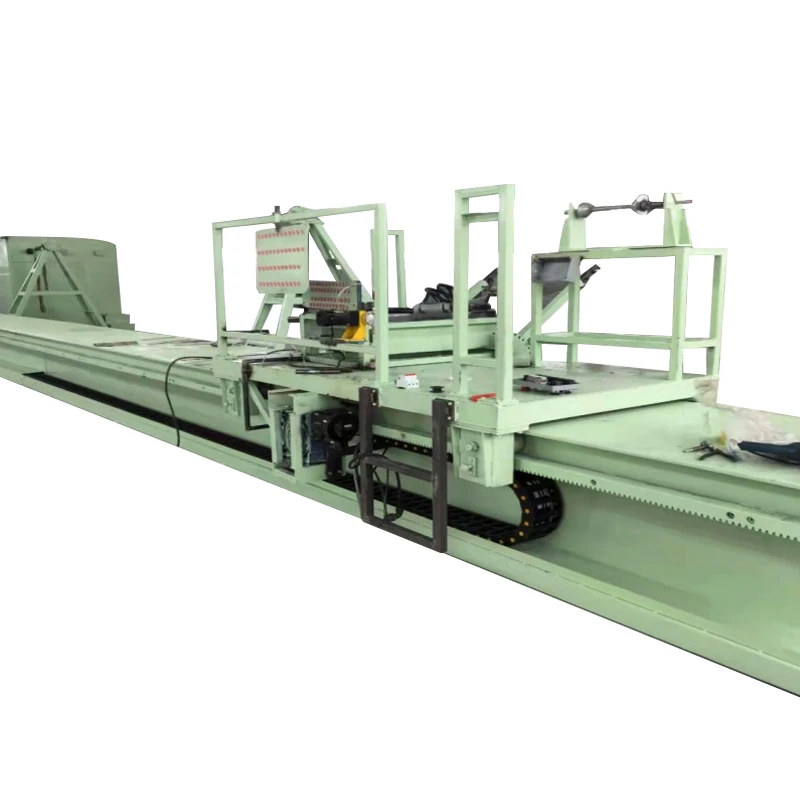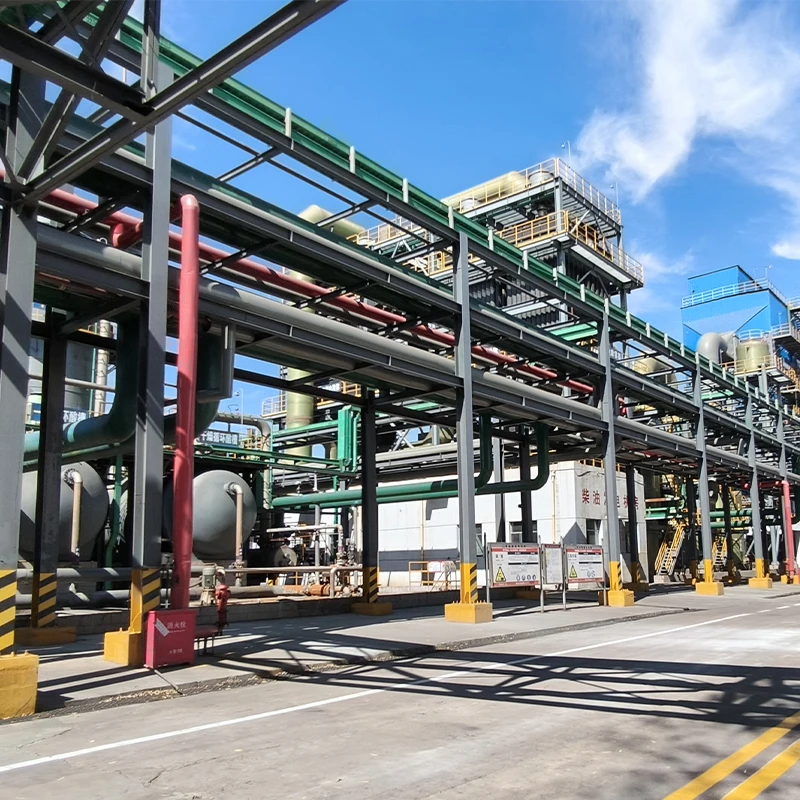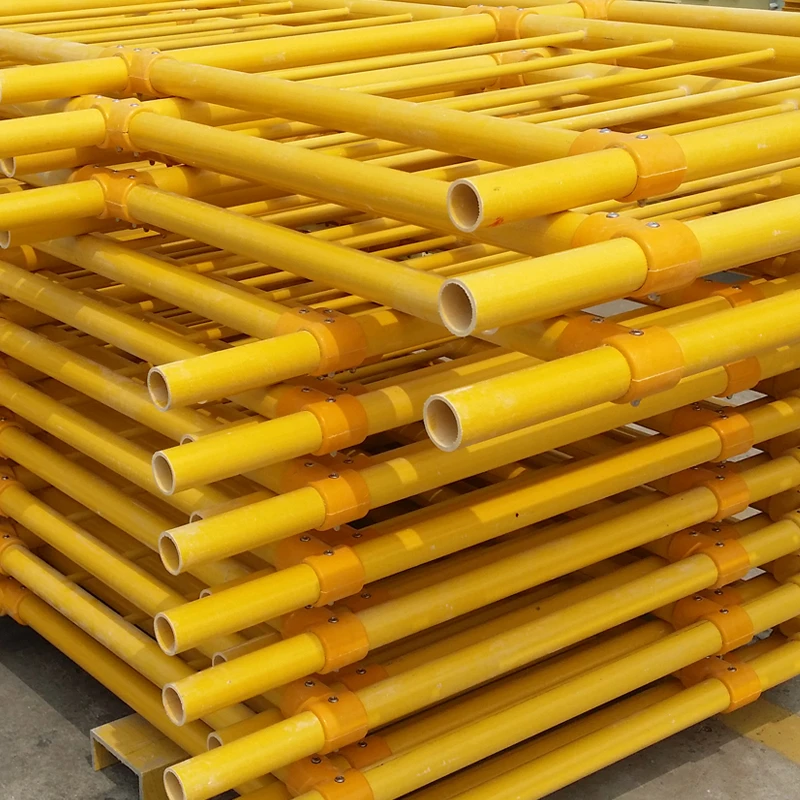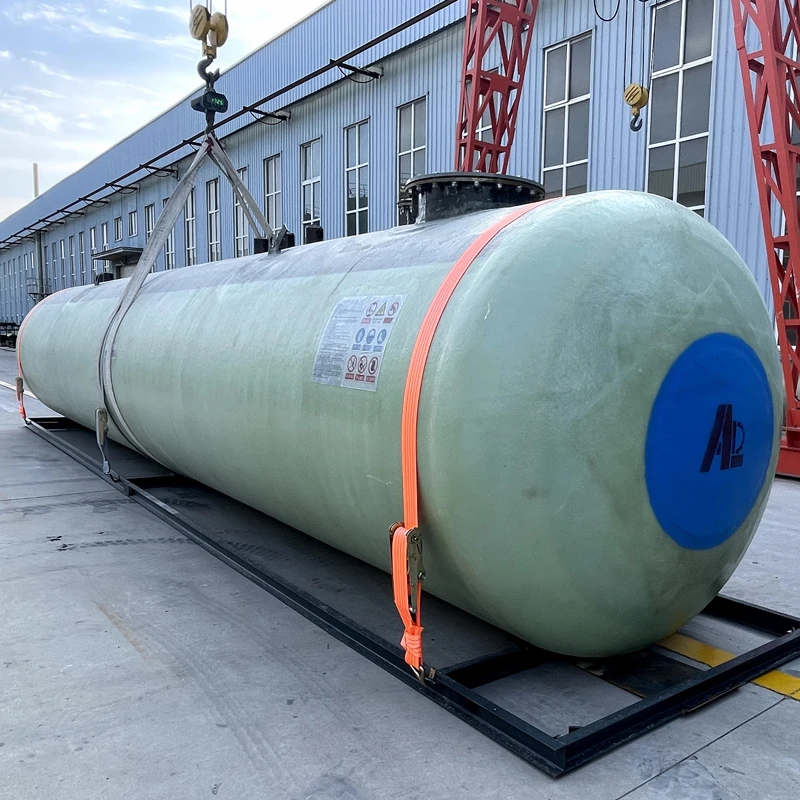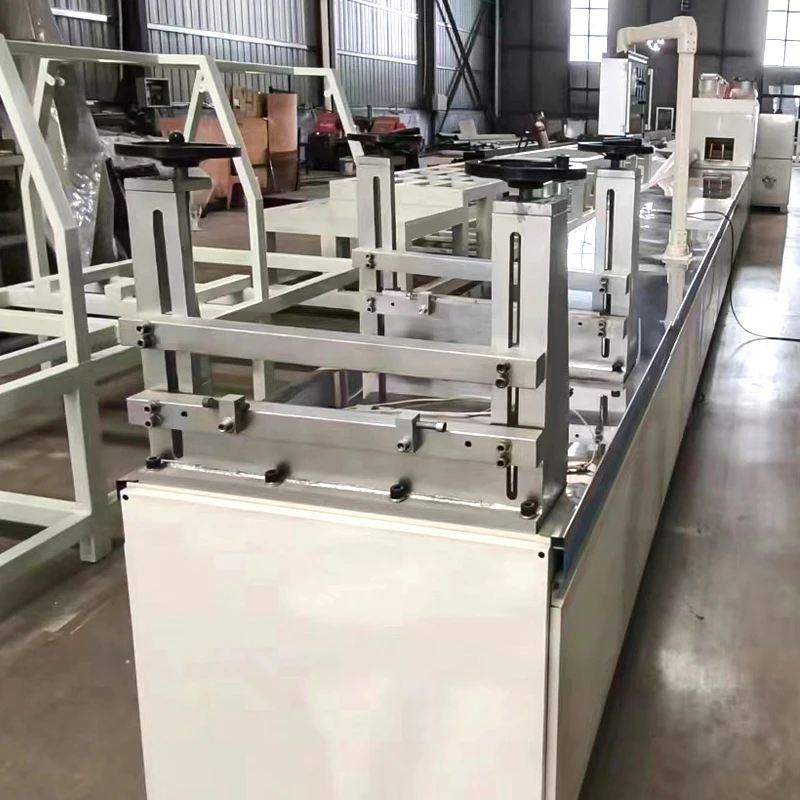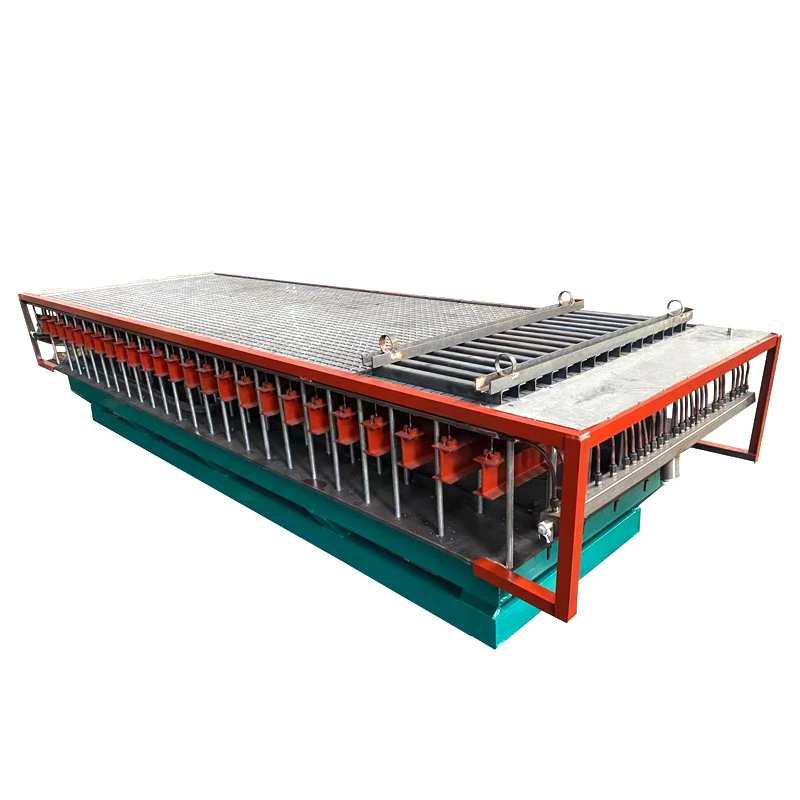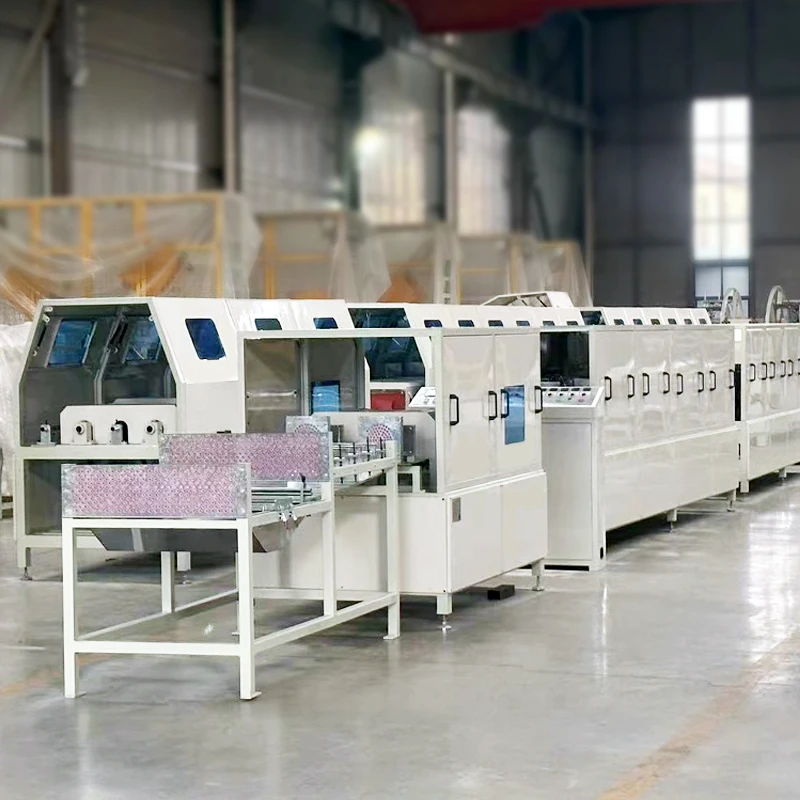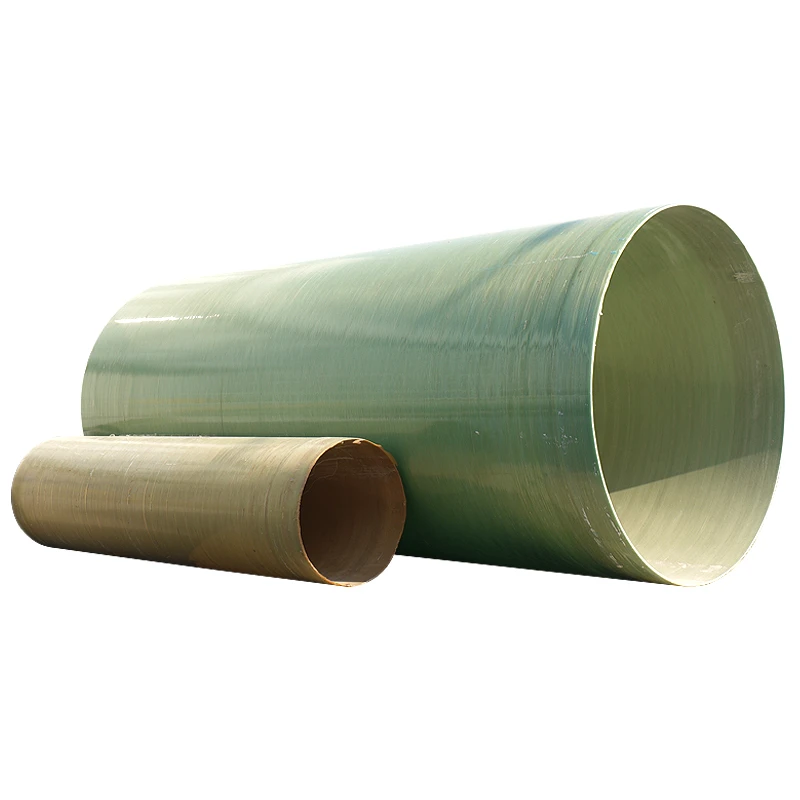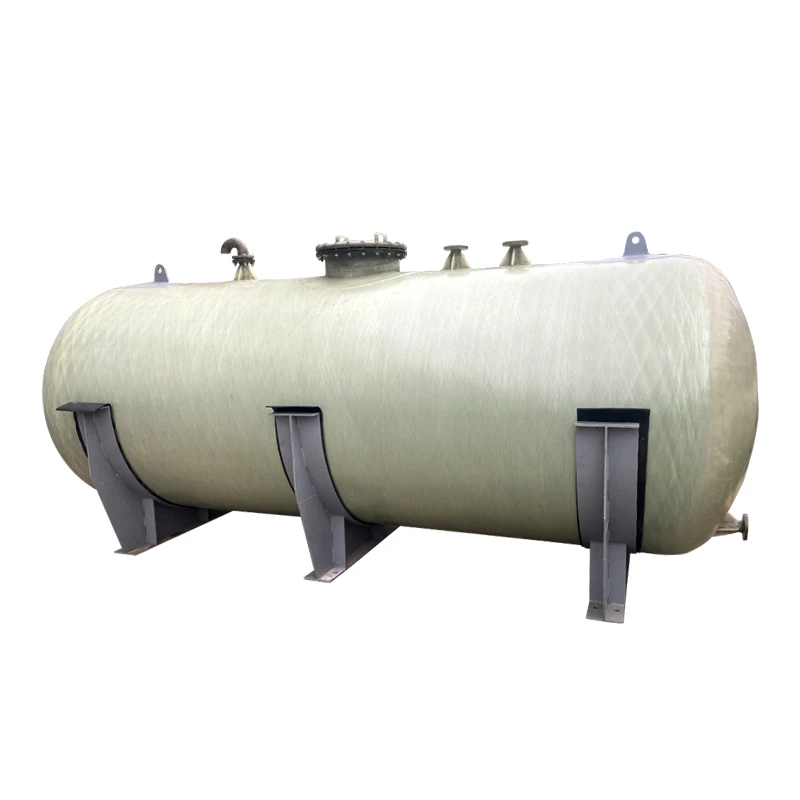Fiberglass Products: Material Innovation for Lightweight, High Performance, and Wide Application
Fiberglasss Products, As a composite material reinforced by Fiberglass Products, it plays an increasingly important role in modern industry and daily life due to its excellent properties such as lightweight, high strength, and corrosion resistance. They not only replace traditional materials, but also demonstrate enormous application potential in many emerging fields, becoming an important force driving technological progress.
The core of Fiberglass Products lies in Fiberglass Products
By melting glass and then using processes such as drawing and winding, fibers with certain strength and toughness are formed. These fibers are then combined with resins (such as epoxy resin, polyester resin, etc.) to form the final composite material. This combination gives fiberglass rods unique advantages: firstly, it significantly reduces the density of the material and reduces the weight of the product. Compared to metal materials, Fiberglass Products can effectively reduce transportation costs and improve energy efficiency while ensuring structural strength, which is of great significance in fields such as aerospace and automotive manufacturing.
Fiberglass Products has excellent tensile strength and corrosion resistance
This means that they can withstand greater tensile forces without easily deforming or breaking, and can be used for a long time in corrosive environments such as acid and alkali, thereby extending the product's service life and reducing maintenance costs. This makes fiberglass poles widely used in fields such as chemical storage tanks, pipelines, and marine engineering that require high material corrosion resistance.
Fiberglass Products also have good insulation and flame retardancy
This makes them important materials in fields such as power equipment and electronic products. For example,fiberglass fence post posts are widely used in high-voltage insulators, circuit boards, etc. to ensure the safe operation of equipment.
Fiberglass Products also have some limitations
For example, its impact resistance is relatively weak and it is prone to rupture when subjected to strong impacts. At the same time, there are also certain environmental pollution issues in its manufacturing process. Therefore, while developing Fiberglass Products, it is necessary to continuously improve production processes and develop more environmentally friendly raw materials and production technologies.
In summary, fiberglass tubing, as a high-performance composite material, has significant advantages in lightweight, high strength, corrosion resistance, and has been widely used in many fields. With the continuous advancement of technology, we have reason to believe that through continuous innovation and improvement, Fiberglass Products will play a more important role in the future and make greater contributions to the development of human society.
Fiberglasss Products FAQs
1: What are the main types of Fiberglass Products?
1: Mainly includes:
Reinforcement materials: Fiberglass Products cloth, felt, short cut yarn (used for composite materials).
Insulation materials: glass wool, insulation board (building/industrial insulation).
Filter material: High temperature filter bag, filter screen (chemical/environmental protection).
Structural components: FRP pipes, storage tanks, automotive parts (lightweight alternative metal).
2: What are the core advantages of Fiberglass Products?
High strength and lightweight: with a specific strength higher than steel, it is 30% to 50% lighter in weight.
Corrosion resistance: resistant to acid and alkali, salt spray, suitable for chemical/marine environments.
Insulation: non-conductive, non-conductive, used for electrical equipment.
Flexible design: can be molded and wrapped into complex shapes.
3: How are Fiberglass Products produced?
3: The key processes include:
- Drawing: Molten glass is drawn into micrometer sized fibers through a platinum rhodium plate.
- Infiltration: Coating with coupling agent to enhance the adhesion with resin.
- Molding: Hand lay, spray, mold or wrap (depending on product requirements).
- Curing: Heat cured or UV cured resin.
4: In which emerging fields are Fiberglass Products experiencing the fastest growth in application?
New energy: wind turbine blade reinforcement materials (accounting for over 35% of global usage).
Electric vehicles: battery casing, lightweight body components.
5G infrastructure: antenna cover, fiber reinforced core.
Environmental protection: desulfurization tower, sewage treatment equipment.
5: What are the future trends in the Fiberglass Products industry?
High performance: Develop high modulus, high-temperature resistant fibers (such as S-Glass).
Sustainability: Bio-based resin matching, waste fiber recycling technology.
Intelligent production: Quality inspection, digital process control.
Composite innovation: Blend with carbon fiber to enhance cost-effectiveness.

